The conversation I had with him was a journey in itself, one I embarked on alone after Anisha, unfortunately, wasn’t available on that particular day. We talked through CP’s experiences, his beliefs, and what drives him, and I felt as though each word shared revealed a little more of the man behind the smile. Last night as I wrote down my thoughts and shared them with Anisha for review, her first reaction surprised me. She said she might have shed a tear or two while reading through it. She asked me, almost in disbelief, if men like CP truly exist—men who embrace not only their responsibilities but also their sensitivity. We spoke further about him, reflecting on the depth of his character, and I realized that what makes CP so special is not just his unyielding positivity but his ability to balance strength with vulnerability.
And so, as I recount the conversation I had with him, it’s clear that CP isn’t just the man with the smile. He’s the kind of person whose presence leaves a lasting impact, making you rethink the way we approach both our responsibilities and our emotional truths.

My fondest memory of CP is the first day I visited the Nuvepro office in Bangalore. I remember walking into the office, uncertain and fresh-faced, meeting everyone for the first time, when CP, with his trademark grin, introduced me to the Maddur Wada near our Jayanagar office for lunch. He also brought his lunch that day to share with me— my first introduction to the home-style cooked lemon rice.
There’s something so distinct about CP. It’s not just his ever-present smile or his infectious positive energy. It’s the little things: the way he arranges his desk with 100 pens, carries an odd collection of tools and gadgets sometimes in the office, the one-lakh things scattered across his work desk that, to the untrained eye, may seem disorganized, but in reality, are part of a meticulous system only he understands.
That desk of his is a microcosm of his mind—busy, dynamic, and yet ‘Supportive’ ( intended pun) – It’s almost a mirror image of his personality—always at work, always adapting, always fixing things.
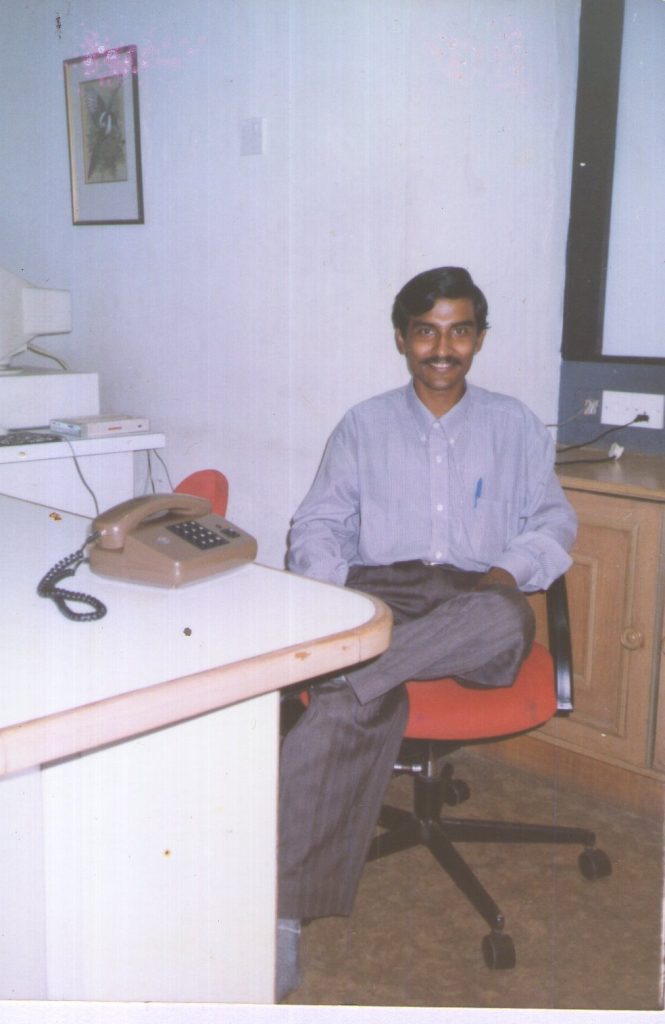
But for CP, the tools he loves aren’t just physical gadgets—they’re symbolic of his approach to life and work. “I have over a thousand tools of my own,” CP laughs. “A toolsman would shy away from having that many, but to me, they’re all essential. Each one serves a purpose. Just like the people around me, each one adds value in their own unique way.”
For me, whenever I walk into the Nuvepro office, there’s a particular ritual I follow. While I might not always make my rounds to say hello to everyone, there’s one place I always stop. It’s where CP sits, right there with his roommate Moyukh, usually mid-discussion, probably in the middle of a support cadence call. And yet, no matter how intense the conversation or how many things are happening in that call, CP always acknowledges me with a warm, “Good morning!” It’s not just a casual greeting, though. Even in the midst of a busy call, CP will pause for a brief second, break the cadence of the meeting, and ask, “Good morning Shivpriya, What have you eaten for breakfast today,?” or simply just a good morning, but he will stop.
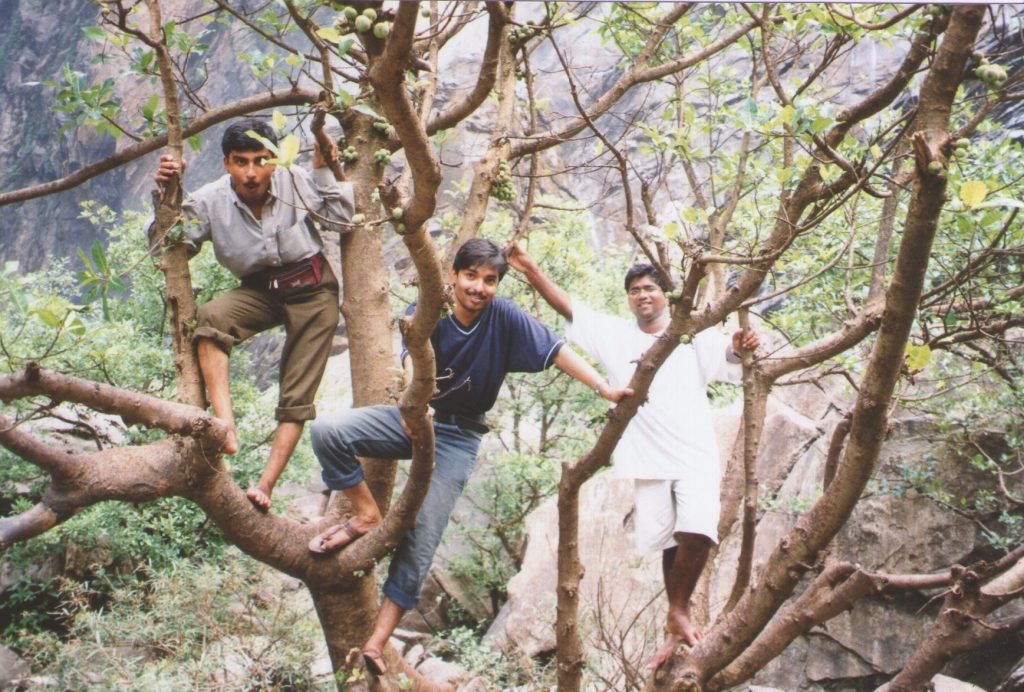
CP’s journey at Nuvepro has been nothing short of extraordinary. From his days at Mindtree to taking a leap of faith into the world of startups with Nuvepro, he has navigated every challenge with the same calm determination. And even when the path seemed uncertain, he remained steady, always with an eye on the long-term vision.
I always feel CP’s work ethic mirrors his personality—always prompt, always precise, always thorough. If I had to put in one word that defines CP’s approach to his work, it’s “meticulous.” Whether it’s responding to an email, troubleshooting a technical issue, or managing complex customer support challenges, He is always extremely prompt. He’s one of those rare professionals who doesn’t just get the job done—he gets it done well. If there’s a challenge, he’s the one who dives deep into the process, carefully analyzing and solving problems with unwavering focus.

His work isn’t just about technical prowess. Beyond his technical expertise, he is also the father of the year, son of the year, and majorly husband of the year. He talks very fondly of his family. His father, who worked with BSNL, taught him not only how to troubleshoot gadgets but also how to navigate life with grace, humility, and patience. “He taught me how to be polite, how to approach people with respect, I bring that to the table,” CP recalls about his father being his Role model forever. “It’s not just about fixing things; it’s about fixing relationships, too, and my father told me that.” It’s like ‘ The Nights’, by Avicci being played.
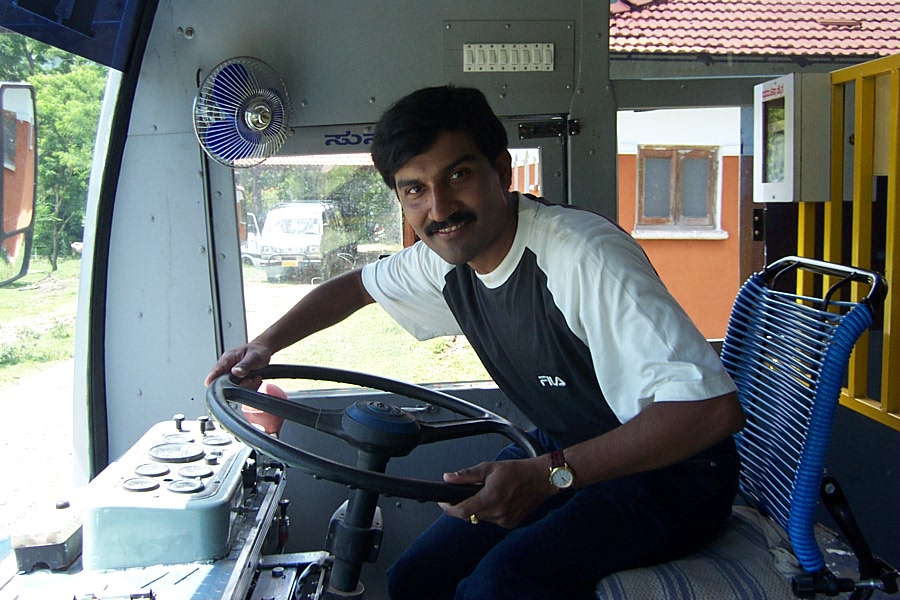
As a child, Chandraprakash shares that he was incredibly close to his mother, a bond that shaped much of who he is today. He fondly recalls how it was from her that he first learned the art of cooking—whether it was perfecting fish curries or rolling chapatis, those early days in the kitchen left a lasting impression on him. “I was always by her side, helping with whatever I could, learning the little things that would later become my weekend rituals,” he says with a smile. Growing up in BSNL quarters, where his father was posted, he remembers how they celebrated Ganesh Chaturthi together, making prasad as a family, and how that sense of togetherness defined much of his upbringing. “I could talk to my mother about anything,” he reflects. “We shared everything, and even now, I can still talk to her about dozens of things.” His love for cooking today comes from here.
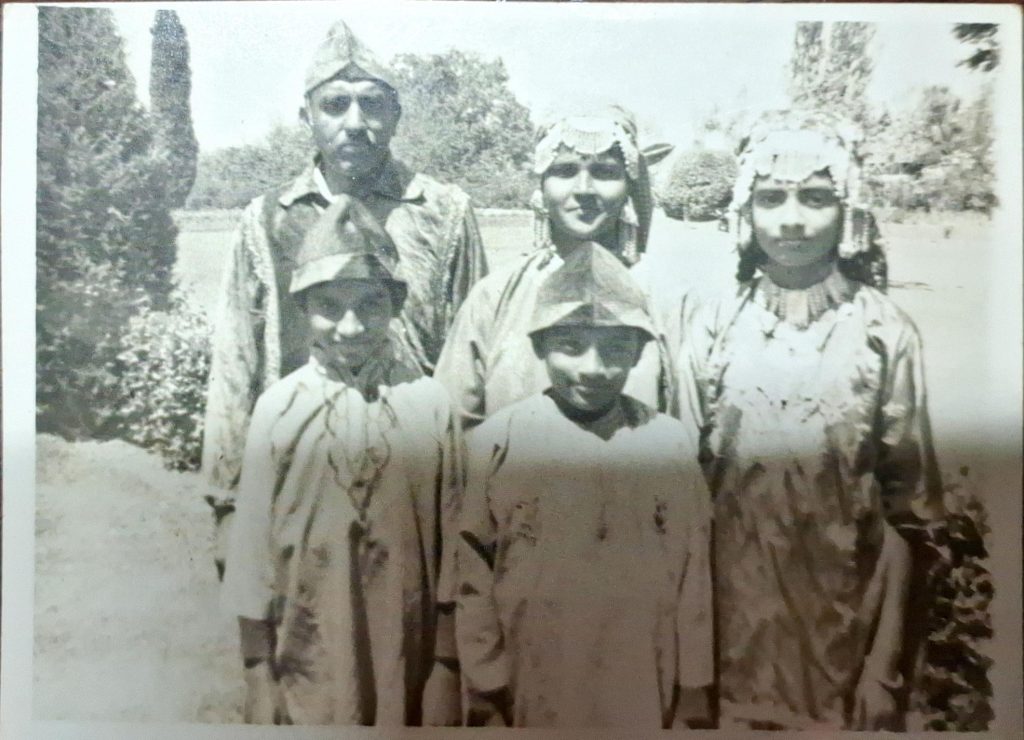
I questioned CP the other day asking him about his family’s support, considering that itself is a cornerstone of motivation. “There were moments of doubt, especially in the early days of Nuvepro,” CP admits, “but my wife, Lakshmi, was my anchor. She always encouraged me to leap, to embrace the unknown. She has always been a guiding force in my life, and now, as a father, I wish to pass those values to my son. He’s young, but he’s wise beyond his years,” CP says with pride. “He tells me to stay calm and not get too worked up, especially when things get stressful at work. It’s funny how much we can learn from them.”

Our CEO, Giridhar said something, which was an apt thing to say for someone like Chandraprakash. “CP may not have been a cofounder, but he’s been a founding member of this company. The trust I have in him is akin to having a co-founder. He’s the one we turn to when things get tough, and he’s always there with a solution. He’s the person who finds a way out, no matter the challenge.”
I dropped a message to Lakshmi, CP’s wife, who has always been his pillar of support, asking her if she had a message for his 10th anniversary and she spoke of him with immense pride and admiration. “Prakash has an incredible way of making everything seem manageable, no matter how challenging the situation may be,” she says. “I’ve seen him face tough times, but his calmness and ability to find solutions are unmatched. He’s someone who doesn’t just think of himself, but always considers how his actions impact those around him—whether it’s his family or his colleagues at Nuvepro.” Together, they’ve faced numerous challenges but navigated through each storm with resilience. Lakshmi recalls, “There were moments when Prakash questioned the road ahead, but I always encouraged him to trust the process and his abilities. We faced many hurdles together, but we’ve always sailed through because we believed in each other, no matter what.”
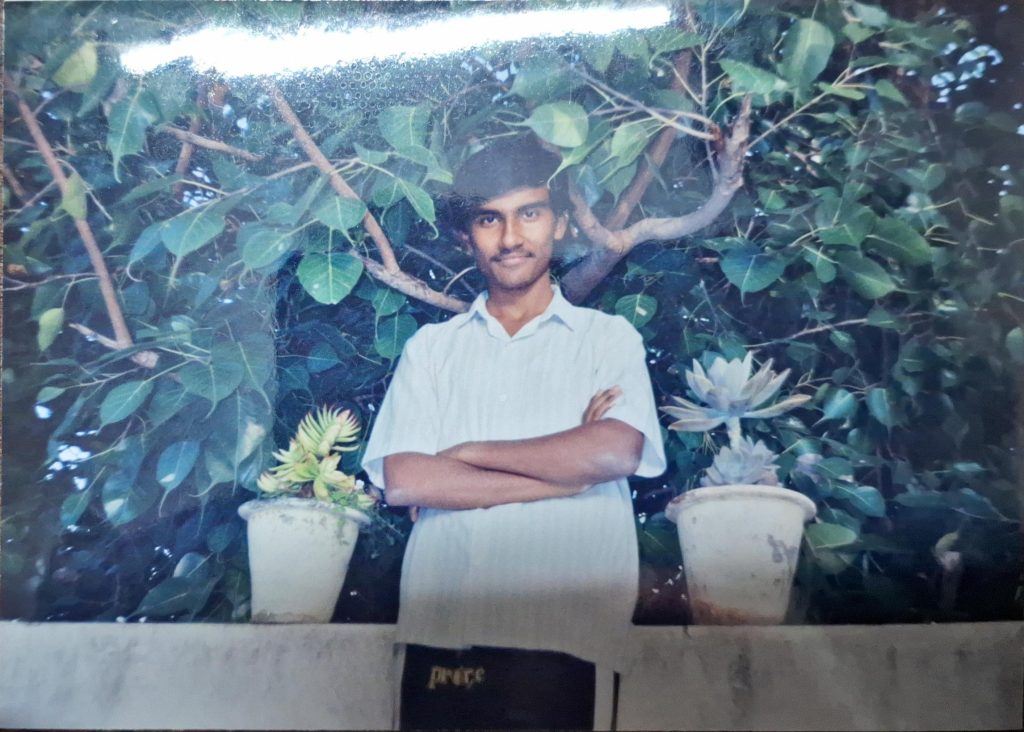
And, I guess that’s how Chandraprakash is the showman behind the tools. He’s the fixer, the problem-solver. And, I guess that stands the same for his family. He definitely fixes everything.
And CP, from me to you, in your quiet, ever-smiling way, may you continue to fix everything around you. Because, in every sense of the word, you truly are the best at it.
Authored by Shivpriya R. Sumbha
Editorial Reviewer – Anisha K Sreenivasan

